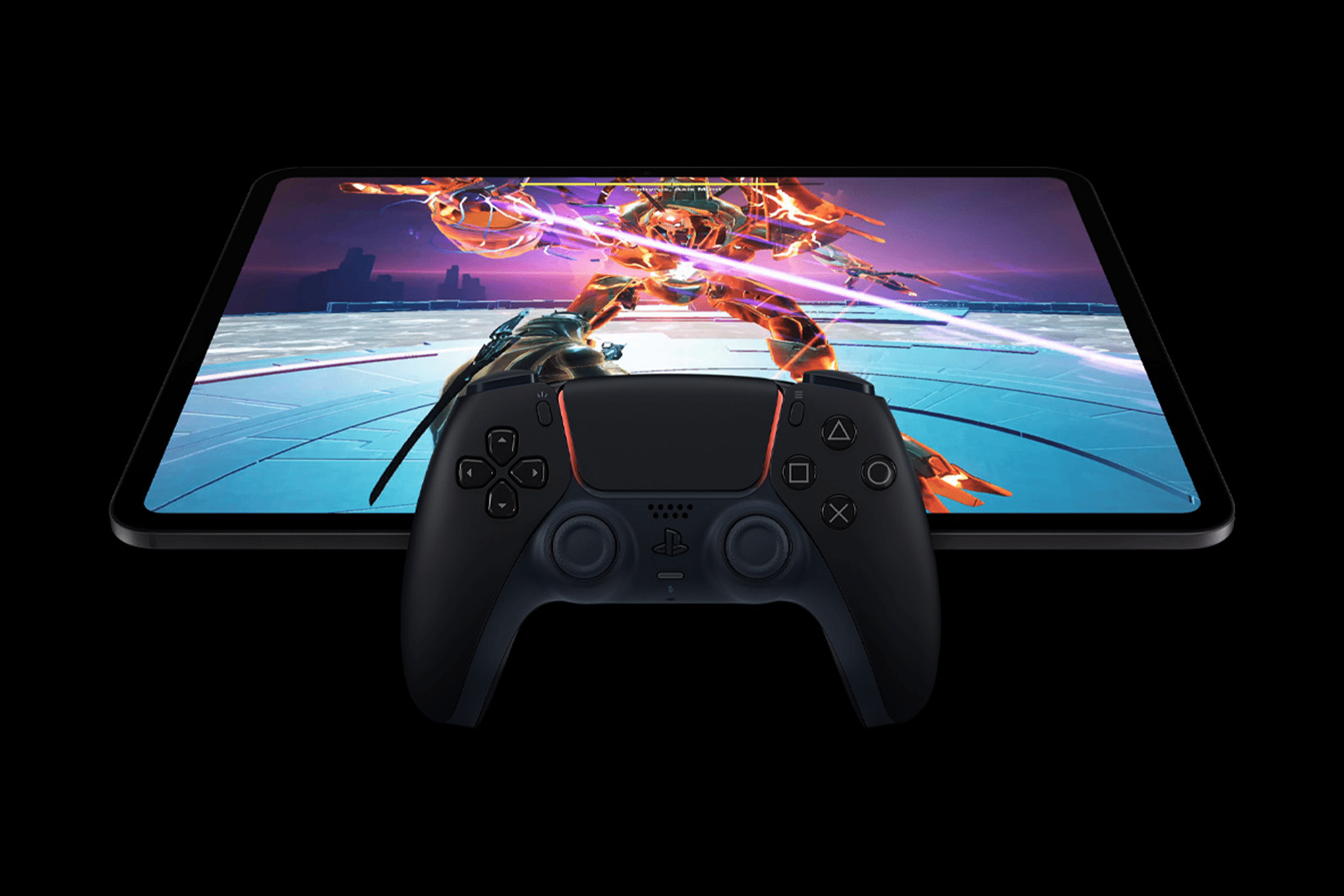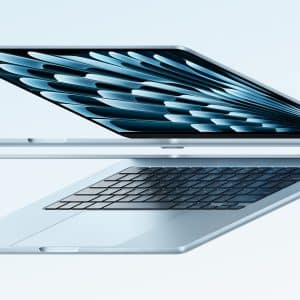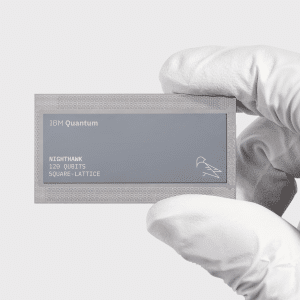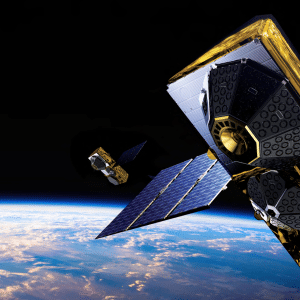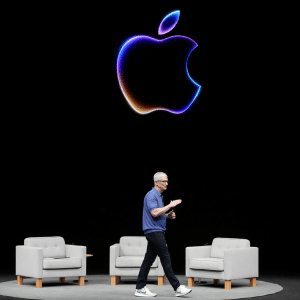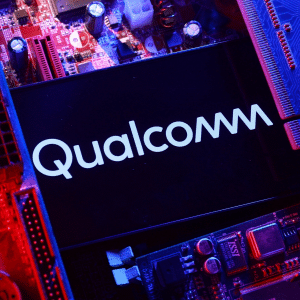When Apple unveiled its M5 chip earlier this month, it wasn’t the MacBook that received the spotlight first — it was the iPad Pro. The decision marked yet another chapter in a now-familiar rhythm: Apple’s tablet leading the debut of its next-generation processor before it reaches the Mac. What once seemed like a one-time scheduling quirk has evolved into a deliberate pattern, revealing how Apple views the iPad as its proving ground for the future of personal computing.
That approach isn’t new. Since the arrival of the M1 in 2020, the iPad Pro has consistently introduced Apple’s latest chip generations before the Mac line adopts them in refreshed models. This order of release reflects how Apple treats the iPad — not as a derivative product of the Mac family, but as an experimental platform where new silicon, thermal designs, and display technologies are tested at scale.
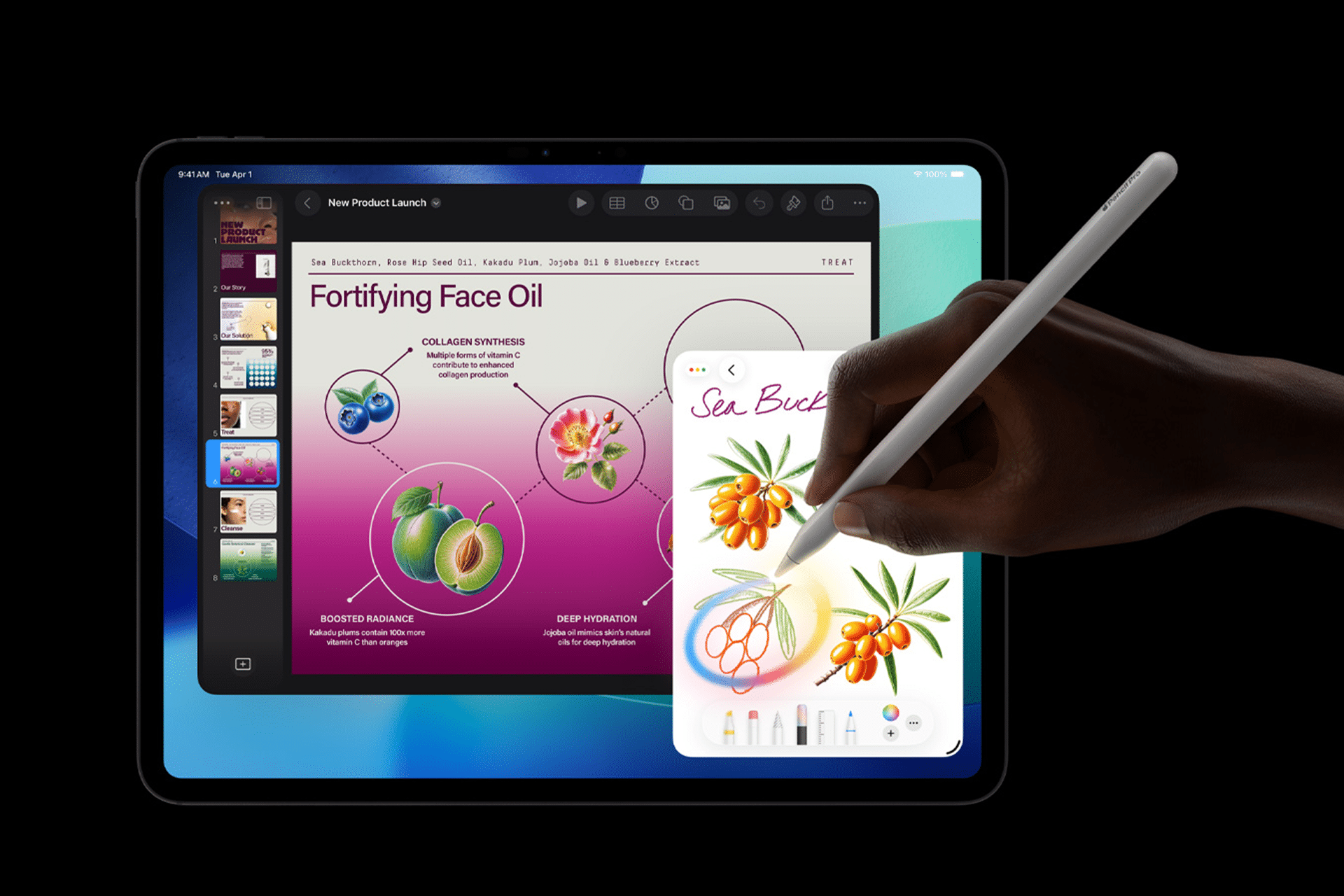
A Pattern Rooted in Apple Silicon History
The iPad Pro with M1, released in April 2021, was the first mobile device to use Apple’s new unified architecture — the same foundation that would later power the MacBook Air and iMac refreshes that summer. When the M2 arrived in 2022, the iPad once again came first, with a redesigned chassis and upgraded media engines months before the MacBook Air adopted it.
Even with the M4, Apple followed the same sequence earlier this year. The iPad Pro launched with the chip in May 2024, highlighting a new display technology — the Tandem OLED Ultra Retina XDR — and a thinner chassis that demonstrated Apple’s ongoing design miniaturization. The MacBook line only transitioned to the M4 in late 2024, after months of production ramp-up.
Now, with the M5, Apple continues this cadence. The chip’s introduction in the iPad Pro, rather than the MacBook Pro or Mac Studio, underscores the company’s broader strategy: using the tablet to showcase architectural breakthroughs in mobility, efficiency, and AI integration before bringing those gains to its more traditional computing line.
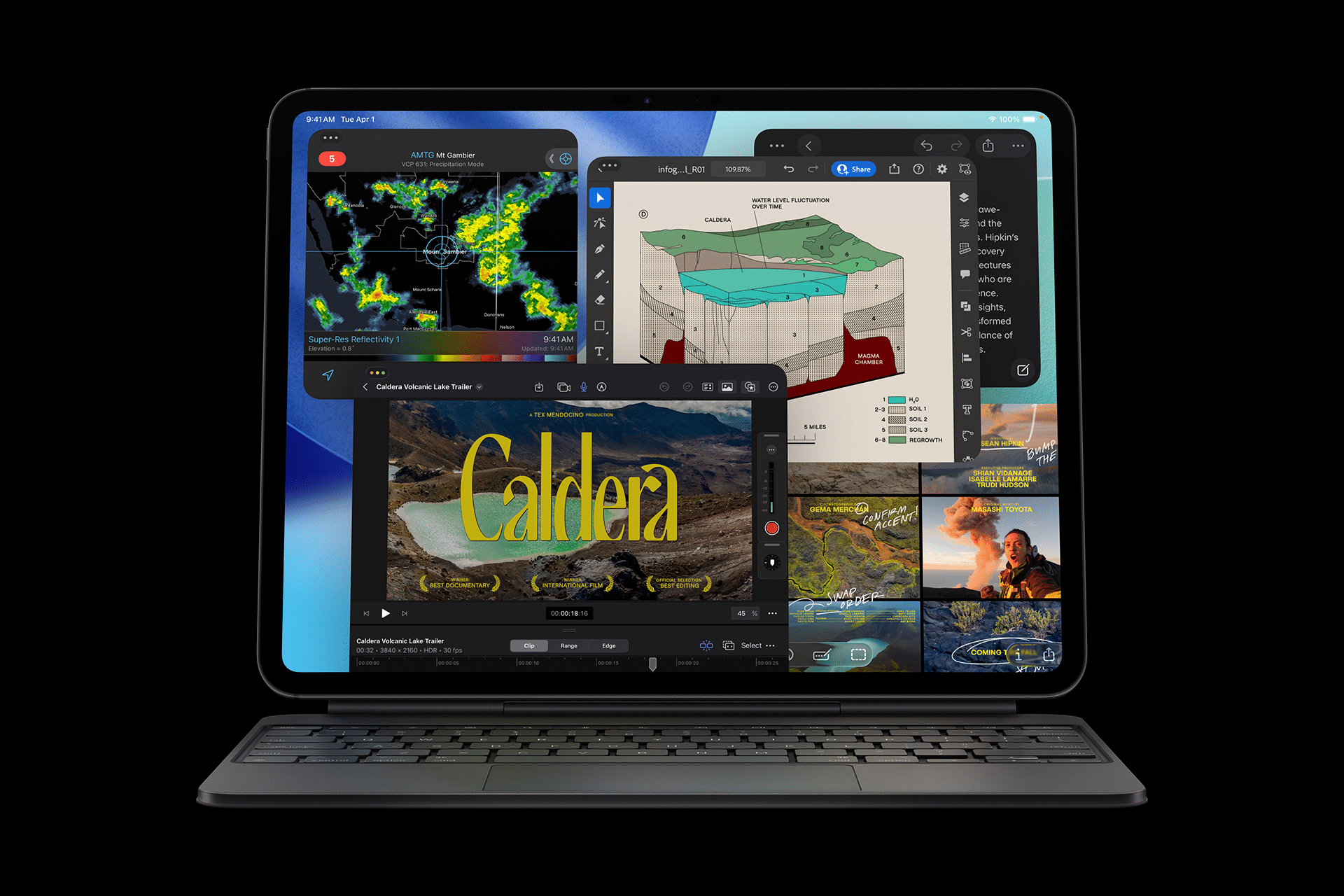
Why the iPad Comes First
Analysts often interpret this order as a sign of Apple’s confidence in the iPad’s hardware scalability. Because the tablet is lighter, thinner, and constrained by tighter thermals than a MacBook, it provides a more demanding testing environment for new chips. If a new processor performs efficiently inside the iPad’s compact form factor, scaling it up for Mac applications becomes straightforward.
The iPad’s role also reflects Apple’s efforts to reposition it as a fully capable computer rather than a companion device. By pairing the M5 with features like on-device Apple Intelligence, improved multitasking, and pro-grade creative tools, Apple continues to blur the lines between its tablet and laptop categories.
Another factor is timing. Apple’s hardware cycles have grown increasingly staggered, allowing the company to extend media attention across multiple launches while ensuring supply chain readiness. Introducing the M5 through the iPad first gives Apple’s silicon team more time to optimize macOS builds, cooling systems, and performance scaling for upcoming Mac models — including the next 14-inch and 16-inch MacBook Pros expected later this year.
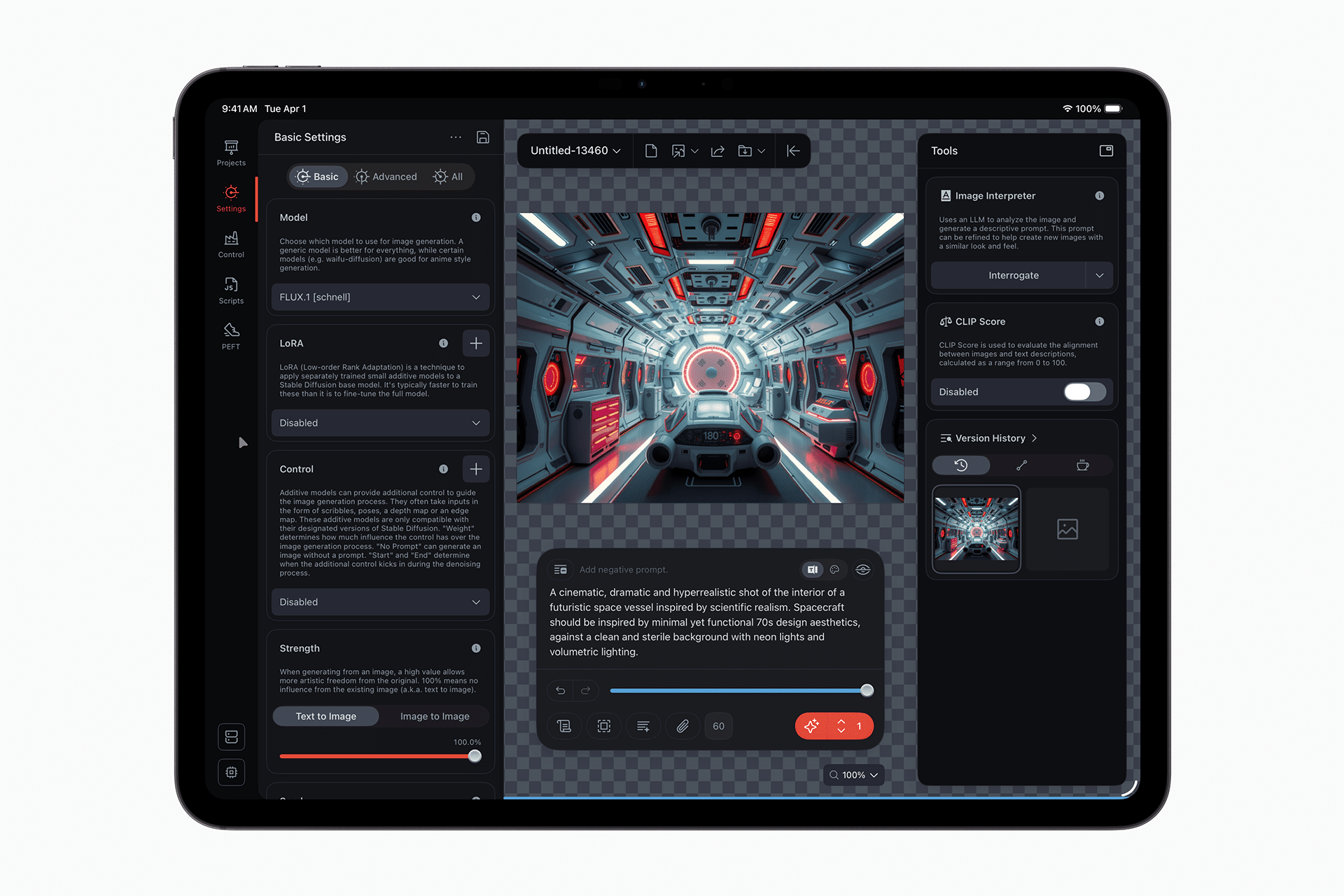
Design Synergy Between iPad and Mac
The flow of innovation from iPad to Mac extends beyond processors. Several hardware and design features have historically followed the same path. The Liquid Retina XDR display, introduced on the 2021 iPad Pro, inspired the MacBook Pro’s mini-LED technology later that year. The iPad’s Face ID system, gesture-based navigation, and edge-to-edge design language also served as precursors for changes that later appeared across Apple’s laptop lineup.
With the M5 generation, the iPad Pro leads again — debuting enhanced AI processing cores and power controllers that will likely define the performance identity of Apple’s next Macs. The device’s dual cooling chamber, re-engineered logic board layout, and updated Neural Engine all demonstrate the company’s drive to perfect energy efficiency before scaling performance further upward.
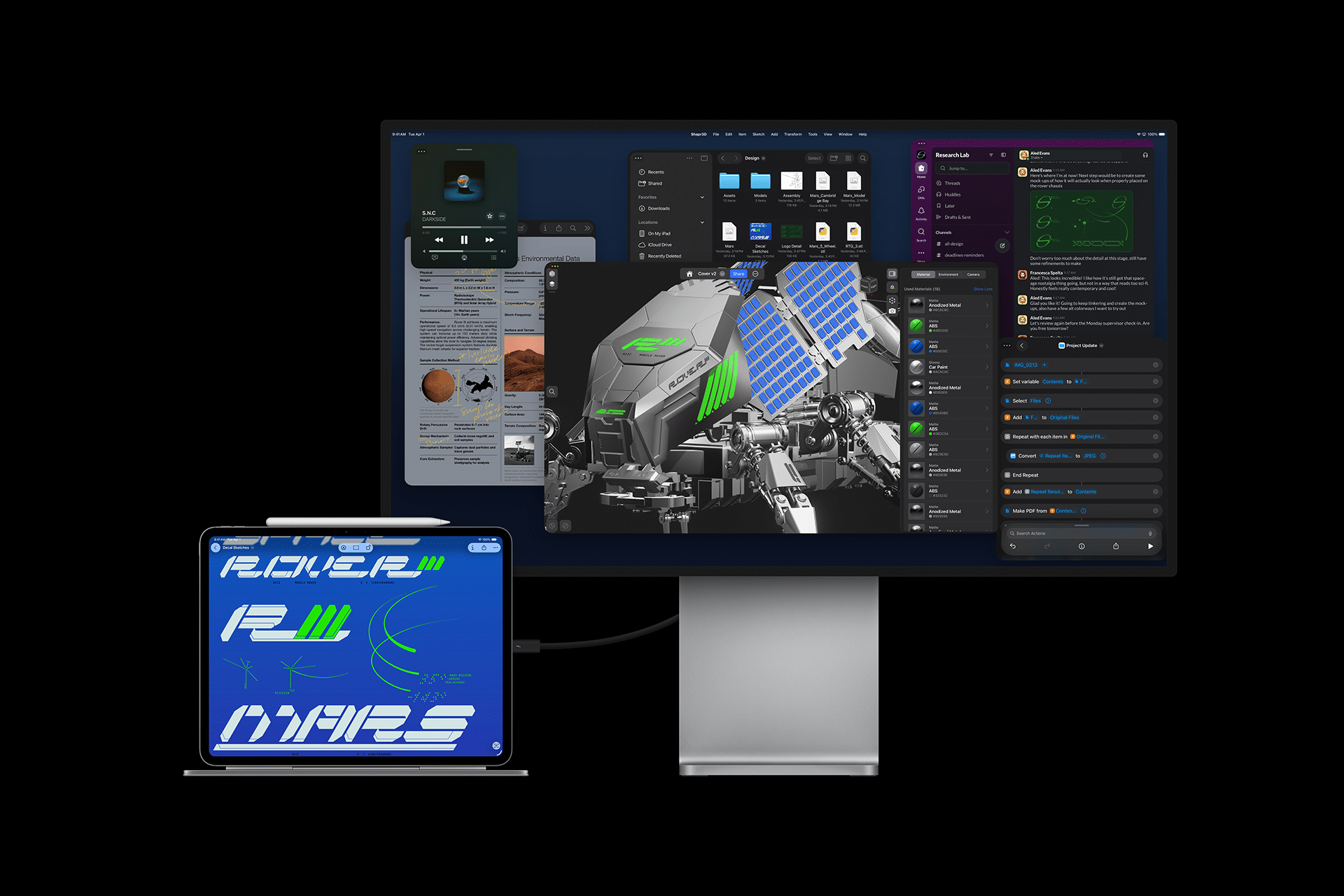
An Ecosystem Defined by Experimentation
The pattern of the iPad leading Apple’s innovation roadmap underscores a subtle truth: the iPad is no longer merely a tablet — it’s the company’s incubator for what’s next. Each chip generation has turned it into a testing field for the technologies that eventually unify Apple’s ecosystem, from mobile processors and display systems to AI frameworks and interface refinements.
That dynamic helps explain why Apple often describes the iPad in visionary terms — as the future of personal computing rather than a niche device. With the M5, the iPad isn’t simply borrowing power from the Mac. It’s shaping what the Mac will become.
As Apple continues its shift toward increasingly AI-driven hardware, the iPad’s early adoption of new silicon places it at the heart of that evolution — where experimentation, efficiency, and ambition converge long before the MacBook line takes its turn.
